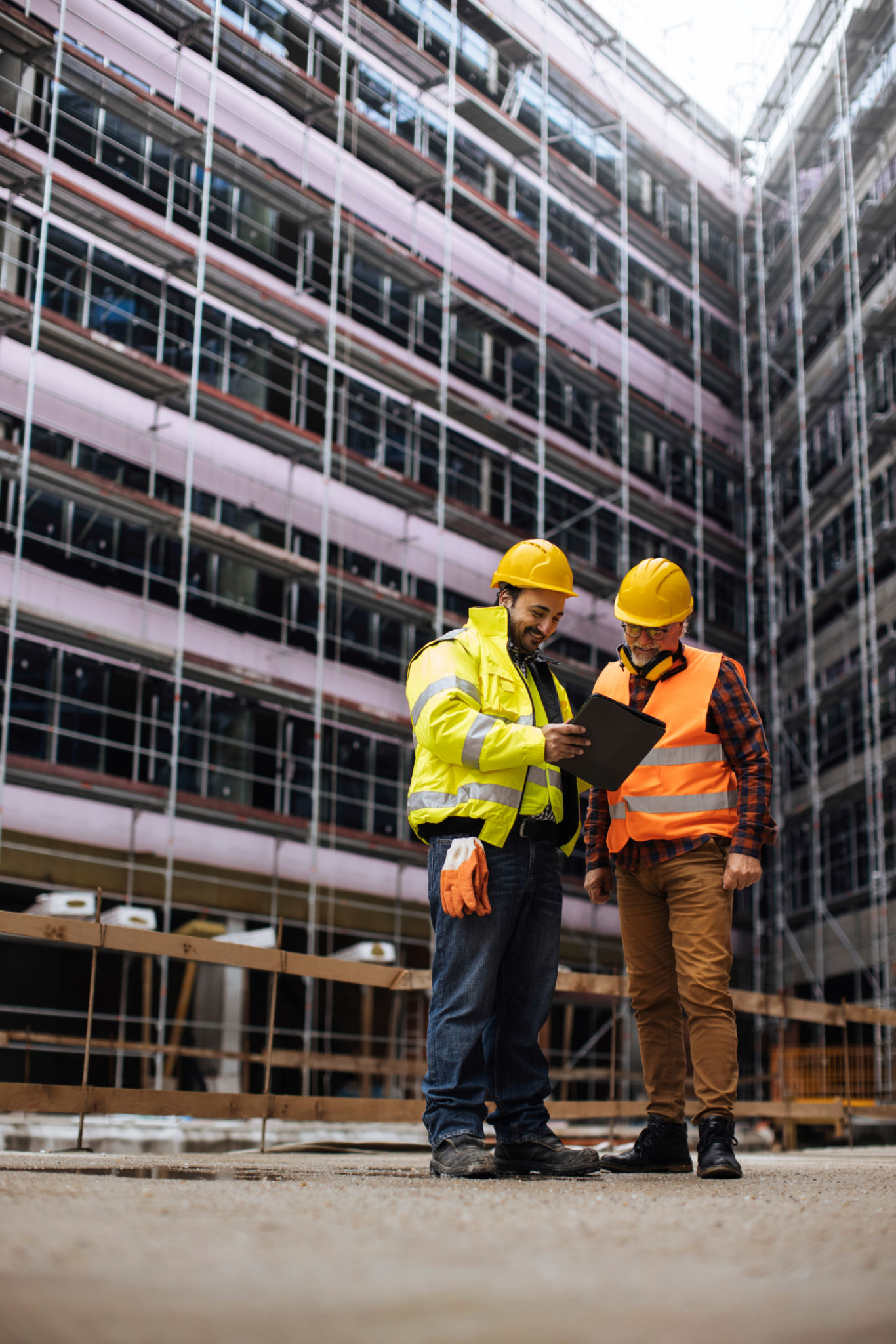Expert Insights: The Future of Robotics in Industrial Workplace Safety
Introduction to Robotics in Industrial Safety
The integration of robotics in the industrial workplace is transforming how we approach safety. As industries strive to create safer environments for their workforce, the role of robotics has become increasingly significant. These advanced systems are not just enhancing productivity but are also pivotal in reducing workplace hazards.
Robots are now capable of performing tasks that were once considered too dangerous for human workers. This shift not only ensures a safer environment but also allows human employees to focus on more strategic roles, further contributing to operational efficiency. The future of industrial safety lies in the seamless collaboration between humans and robots.

The Role of AI and Machine Learning
Artificial intelligence (AI) and machine learning are at the core of this robotic revolution. These technologies enable robots to learn from their environments and adapt to new situations, which is crucial for maintaining safety in dynamic industrial settings. With AI, robots can assess potential risks and make real-time decisions to avoid accidents.
Moreover, machine learning algorithms allow robots to analyze vast amounts of data to predict potential safety hazards. By identifying patterns that humans might miss, these intelligent systems can preemptively address issues, minimizing the risk of accidents.
Applications in High-Risk Environments
In high-risk environments such as chemical plants and construction sites, the use of robotics is particularly beneficial. Robots equipped with sensors can detect toxic substances or structural weaknesses, providing early warnings to prevent accidents. This capability is indispensable in scenarios where human intervention might be too slow or hazardous.

Additionally, robots can be deployed to perform tasks like welding, painting, and handling heavy materials, which are traditionally associated with high injury rates. By taking over these tasks, robots significantly reduce the likelihood of workplace injuries.
Collaborative Robots: A Game Changer
Collaborative robots, or cobots, are designed to work alongside humans safely. Unlike traditional industrial robots that operate in isolation, cobots are equipped with advanced sensors and AI to ensure safe human-robot interaction. They can assist workers by performing repetitive or strenuous tasks, thereby reducing fatigue-related accidents.
The ability of cobots to learn and adapt makes them invaluable in a variety of industries. They can be easily programmed and reprogrammed to perform different tasks, making them versatile tools in enhancing workplace safety.

Future Trends and Developments
As technology continues to evolve, the future of robotics in industrial safety promises even more sophisticated solutions. Innovations such as autonomous drones for site inspections and exoskeletons for worker support are already making waves in the industry.
Furthermore, advancements in connectivity and the Internet of Things (IoT) will enable better communication between robotic systems and human operators. This synergy will foster an environment where safety measures are continuously updated based on real-time data analytics.
Conclusion: Embracing a Safer Future
The future of robotics in industrial workplace safety is not just about reducing risks but also about creating a more efficient and productive environment. By embracing these technological advancements, industries can ensure that their workforce remains safe while optimizing operations.
As we move forward, the collaboration between humans and robots will be key to unlocking new levels of workplace safety. It is imperative for industries to invest in robotics and related technologies to stay ahead in this rapidly evolving landscape.